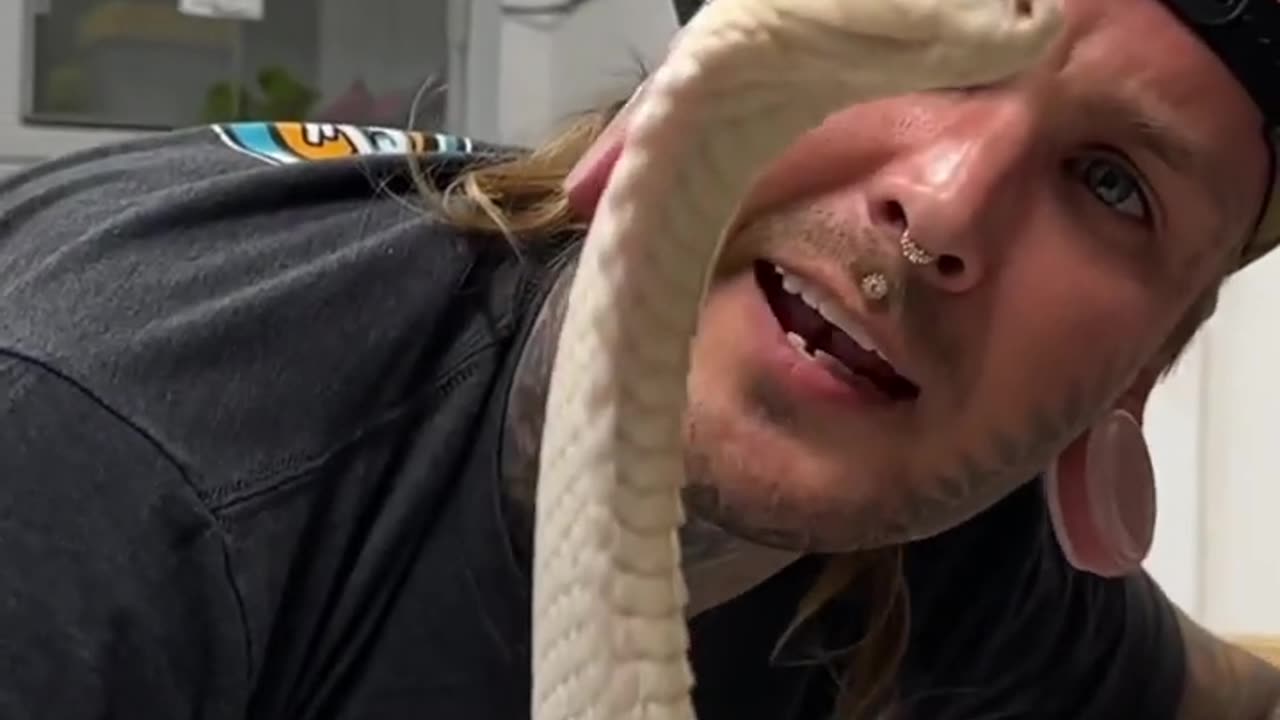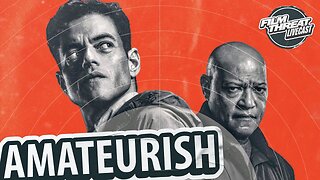Premium Only Content

Cobra in shed on Feeding day 😒 #thatmoment
Frequency: The frequency of cobra feeding can vary widely. Younger snakes tend to eat more frequently than adults because they are actively growing. Hatchling and juvenile cobras may need to eat every few days to a week, while adult cobras may eat less frequently, sometimes going several weeks or even months between meals.
Hunting: Cobras are carnivorous and primarily eat small mammals, birds, amphibians, and other snakes. They are opportunistic hunters and will feed when they encounter suitable prey. Their feeding frequency depends on the availability of food in their habitat.
Metabolism: Cobra metabolism, like that of most reptiles, is slower than that of mammals. This means they can go for extended periods without eating. Their feeding frequency also depends on factors such as temperature and activity level.
Digestion: After consuming a meal, cobras need time to digest their food. The digestion process can take several days to a week, during which they may not actively hunt or eat.
Environmental Factors: Seasonal changes, weather conditions, and prey availability in their natural habitat can influence when and how often cobras feed. For example, during colder months, cobras may become less active and feed less frequently.
Size and Species: The specific cobra species and its size also play a role in determining its feeding frequency. Larger species may eat larger prey and require less frequent meals than smaller species.
-
 LIVE
LIVE
Side Scrollers Podcast
1 hour agoYasuke Movie Coming, BitChute SHUT DOWN in the UK, New Friday Movie & More | Side Scrollers
160 watching -
 LIVE
LIVE
Film Threat
17 hours agoTHE AMATEUR + DROP + WARFARE + LOADS OF REVIEWS! | Film Threat Livecast
81 watching -
 LIVE
LIVE
The Shannon Joy Show
2 hours ago🔥🔥PART 2: Live Exclusive With Judyth Vary Baker. She Assisted In The First Gain Of Function Research To Create A Cancer Kill Shot In 1963 And Has Something To Say About Chronic Disease …🔥🔥
127 watching -
 1:02:52
1:02:52
VINCE
3 hours agoTulsi Just Found The Classified Election Rigging Files | Episode 20 - 04/11/25
200K173 -
 LIVE
LIVE
Caleb Hammer
1 hour agoShe’s Hiding $330,000 Debt From Overseas Husband | Financial Audit
158 watching -
 1:00:01
1:00:01
BonginoReport
6 hours agoFighting the Red Dragon: Evita + Natalie Winters - BR Early Edition w/ Evita (Ep.180)
127K71 -
 2:27:12
2:27:12
Matt Kohrs
11 hours agoChina Retaliates, Breaking Inflation News & Payday Friday || The MK Show
34K2 -
 2:59:29
2:59:29
Wendy Bell Radio
7 hours agoAll The President's Men
69.9K42 -
 1:00:23
1:00:23
Randi Hipper
2 hours agoFIRST CRYPTO BILL SIGNED INTO LAW! HISTORICAL MOVE EXPLAINED
25.2K6 -
 1:29:08
1:29:08
JULIE GREEN MINISTRIES
5 hours agoLIVE WITH JULIE
169K198